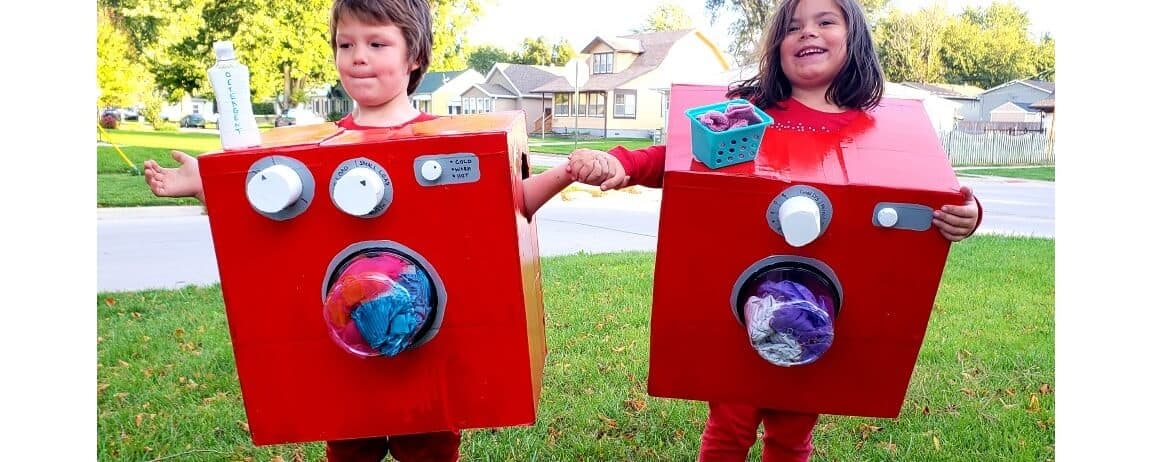Energy Star clothes dryers, first available in 2015, consume 20 percent less energy than their predecessors. Smart practices can save even more.
In our last post, we looked at the refrigerator as one of
the most energy-hungry appliance in the home. As such, it made sense that this
was one of the first appliances to see concerted effort at making operation
more energy efficient. As we noted, operation of a contemporary model
refrigerator compared to its counterpart from 40 years ago generates $300 per
year in electric bill savings.
The highest energy consumer among household appliances,
however, is the humble clothes dryer. Yet until 2015, no dryer on the market carried
the Energy Star rating. Therefore, since they’re a durable good designed to
last for years, most homes have yet to upgrade to an Energy Star clothes dryer.
That’s a shame since, according to Energy Star, if all clothes dryers were Energy
Star certified we would save more than $1.5 billion in energy costs each year
and prevent 22 billion pounds of carbon pollution annually. This would be equal
to taking more than 2 million gasoline-powered vehicles off the road!
Since most households likely will have their pre-2015
clothes dryer for at least the next few years, here are some tips to save
energy no matter how old your dryer is:
- Get as
much water out of wet clothes as possible. If your washer has the option, go
with the fastest spin cycle. - Dry heavy
(thick towels) and light (thin garments) items separately. That way, you
won’t spend extra energy on the things that need less drying time. - Untangle
things and put them in one at a time. This promotes air circulation and
avoids creating a big wet ball of clothes. - Don’t do
partial loads, but don’t overcrowd either. Overcrowding means less air
circulation and longer dry times. Half to three-quarters full is a good limit. - Keep the
lint filter and the vent clean. For better air circulation, clean the lint
filter every time you dry and check the vent at least once a year. (Lint can
also create a serious fire hazard.) - Don’t use
timed cycles. Your machine might keep going past dry. Newer dryers have
moisture sensors that turn them off promptly when the drying is done. - Don’t add
more clothes after you start the drying cycle. If you do, you’re adding
water, and it’s almost like starting over. - Use the
cool-down cycle at the end if available. Residual heat will finish the job. - Stop
short of bone-dry. Hang stuff up to dry the rest of the way if necessary.
Slightly damp clothes won’t be wrinkled either, which reduces the need for
energy-intensive ironing. You’ll extend the life of your clothes too — heat is
hard on fabric. - Dry two
or more loads in a row. You’ll get the benefit of residual heat.
